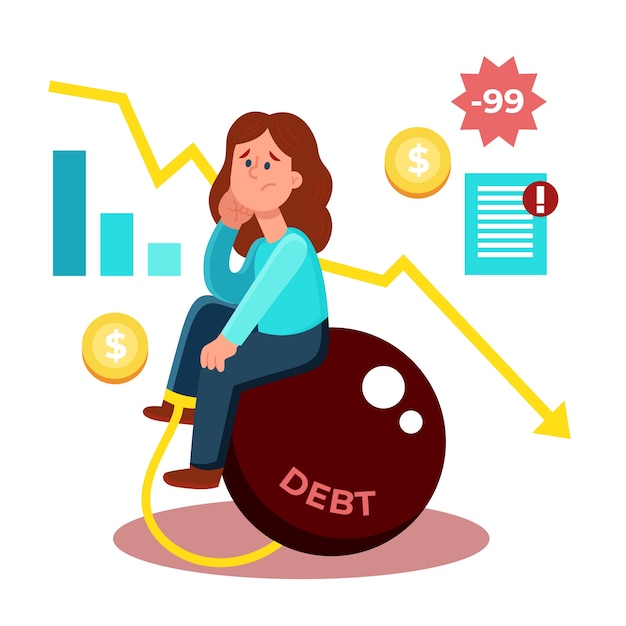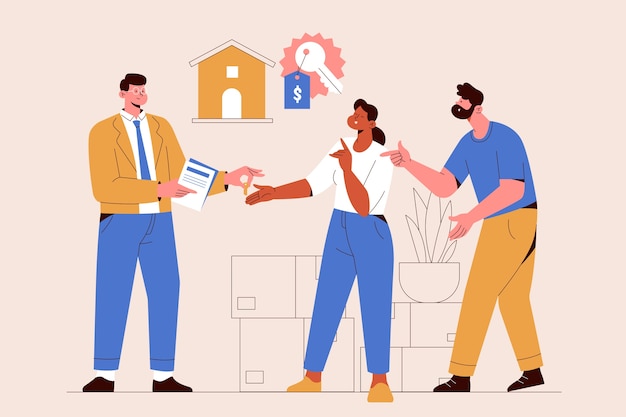
Considering buying a house? You may face a significant financial hurdle when it comes to making a down payment. Commonly, it’s recommended to put down at least 20% of the house’s price when purchasing it. Doing so offers some ownership in the property and can help bypass private mortgage insurance (PMI)—an extra cost on your monthly mortgage payment. However, generating a 20% down payment can be a challenge depending on your circumstances and the housing market in your location. If, for instance, you’re purchasing a house priced at $200,000, a 20% down payment amounts to $40,000. However, don’t despair if you don’t have that sum; it’s still possible to buy a house with less than 20% down.
Before taking the plunge into homeownership though, ensure you don’t:
– Carry significant consumer debt
– Lack an emergency fund
– Plan to live in the home for only a short term
– Have no money to put towards a down payment
However, don’t feel compelled to stick to the 20% norm. More affordable alternatives exist. For instance, FHA loans, insured by the Federal Housing Administration, require a minimum down payment of 3.5%. Some VA and USDA loans offer even smaller down payments, potentially all the way to 0%.
Low downpayment loans like FHA, VA, and other 0% down mortgage options can make homeownership attainable for lower-income families. However, these, too, bear cons. For instance, lower down payments often come with higher interest rates. Furthermore, a smaller down payment may require you to pay PMI, leading to heftier mortgage payments over the long term. Though it’s possible to dismiss PMI in due course, it’s an avoidable additional expenditure if a larger down payment is possible.
Additional points to bear in mind include:
1. Preserving your savings: Buying a house shouldn’t eliminate your savings. It’s essential to maintain funds for unexpected expenses and ensure your monthly mortgage payments are manageable.
2. Acknowledge it may not be your ‘forever’ home: Your first house likely won’t be your last. Therefore, saving a massive 20% for a down payment may not be necessary, especially if you foresee relocation within 4-5 years.
3. Diversifying your investments: Directing all your spare cash into a down payment may not be the best strategy. You might also wish to invest in other avenues or save for future needs like your child’s education.
4. Qualifying for down payment aid: If a 20% down payment isn’t feasible but you’re still eager to become a homeowner, there may be financial assistance available. Various states offer programs providing grants to help with down payments and closing costs for prospective homeowners.
In conclusion, while the conventional wisdom is to put down a minimum 20% on a house, it’s not the golden rule for everyone. Depending on your financial situation, you can opt for less. Do remember, though, while pursuing homeownership, it’s key to keep your finances robust and acknowledge the additional costs of lower down payments. Would you consider becoming a homeowner with less than a 20% down payment? Share your reasons!


